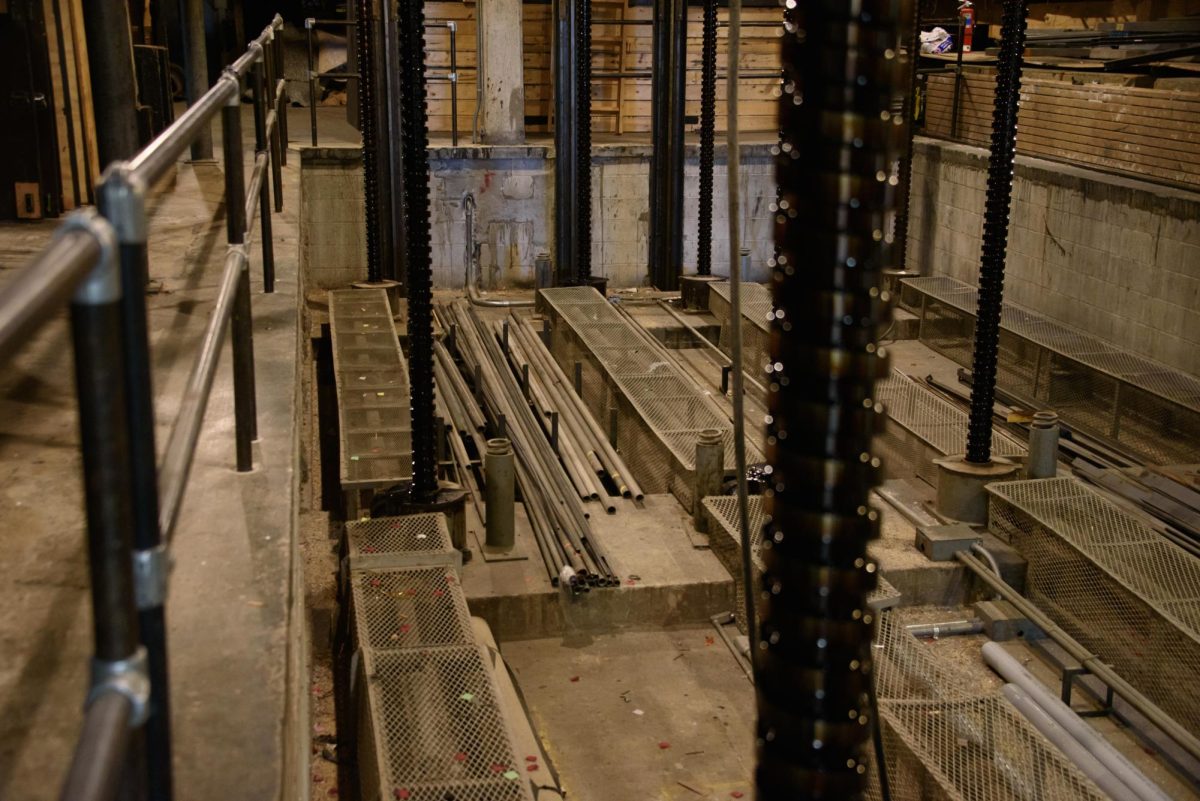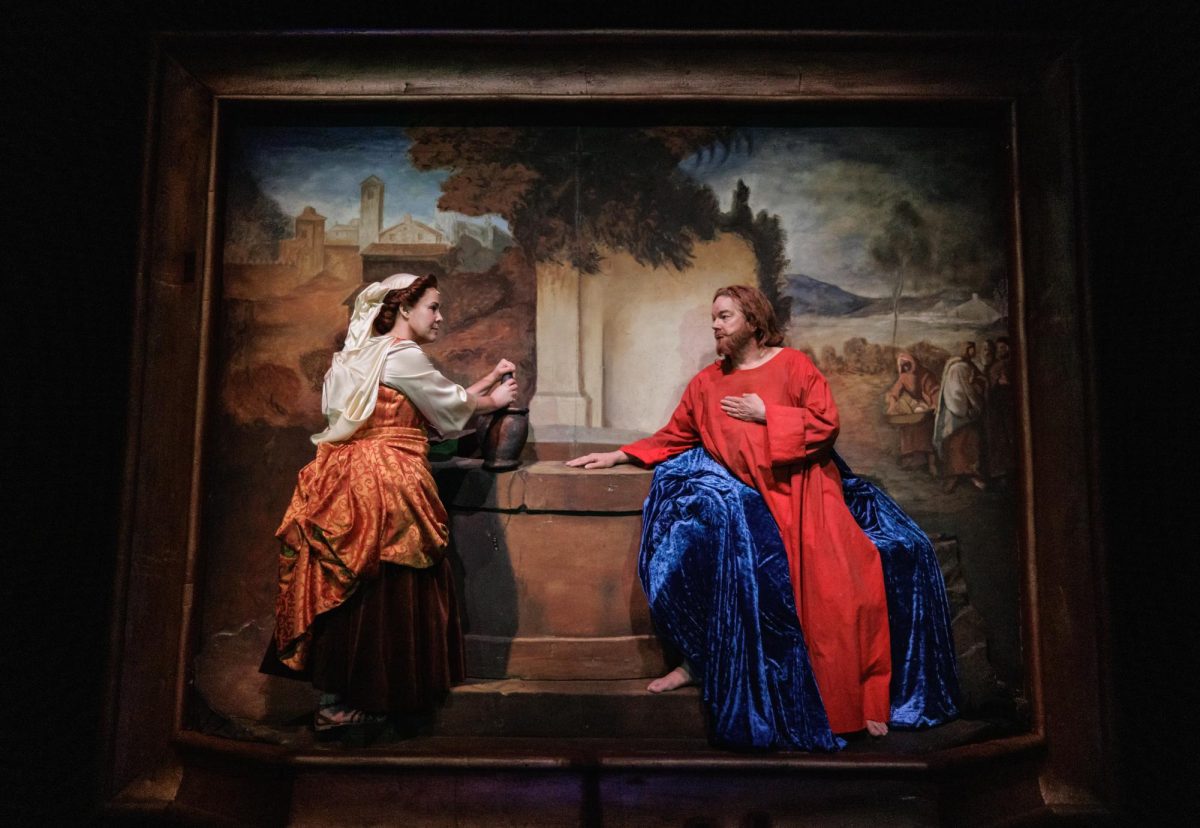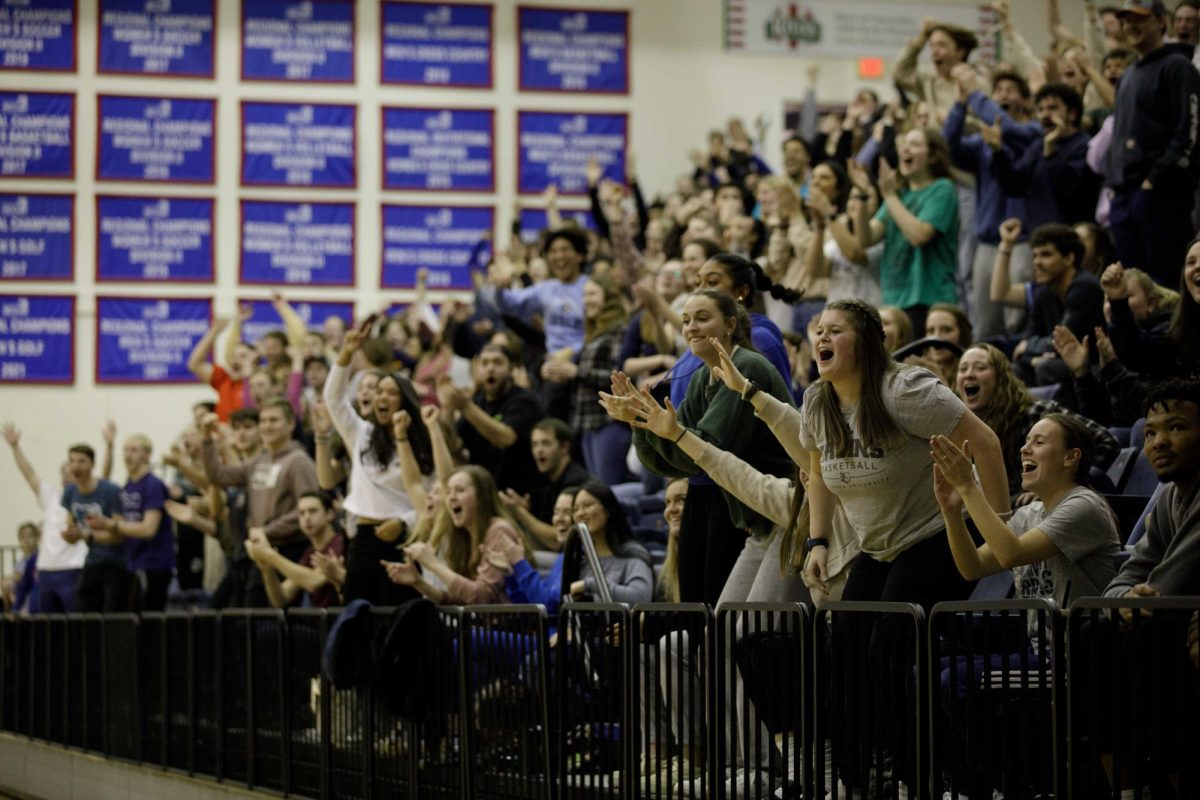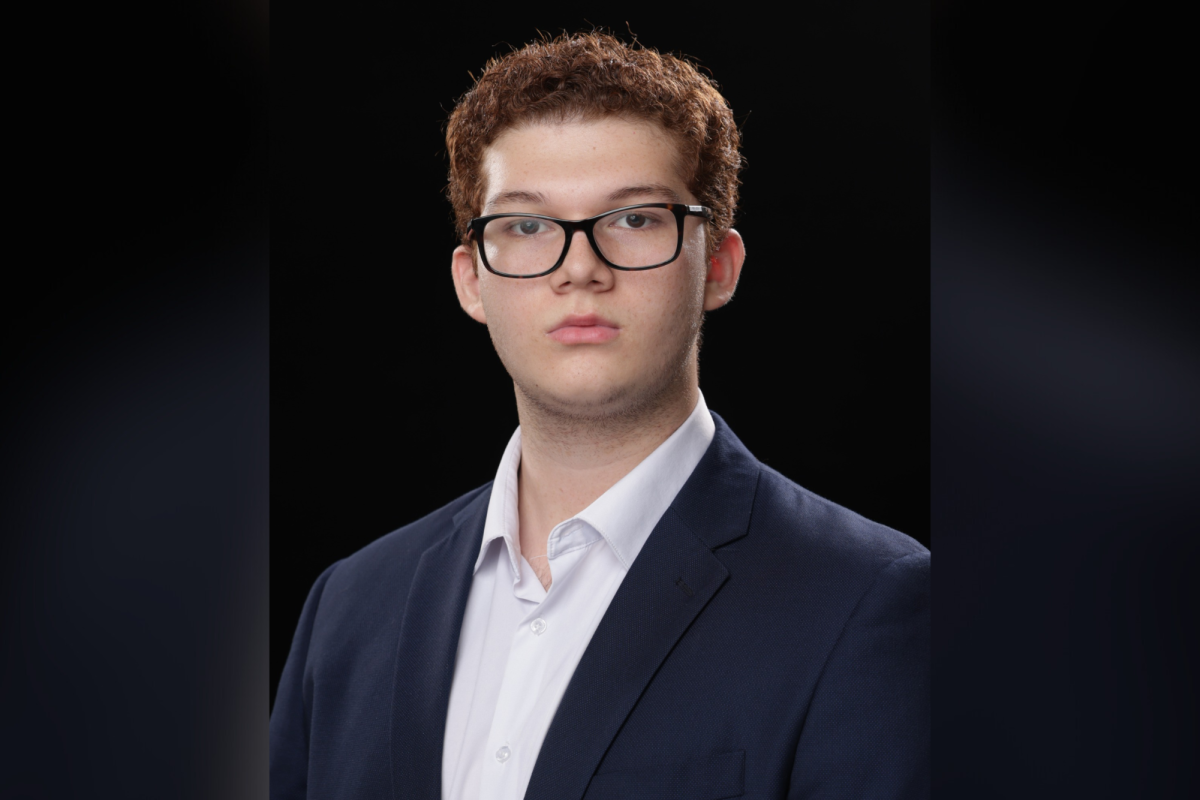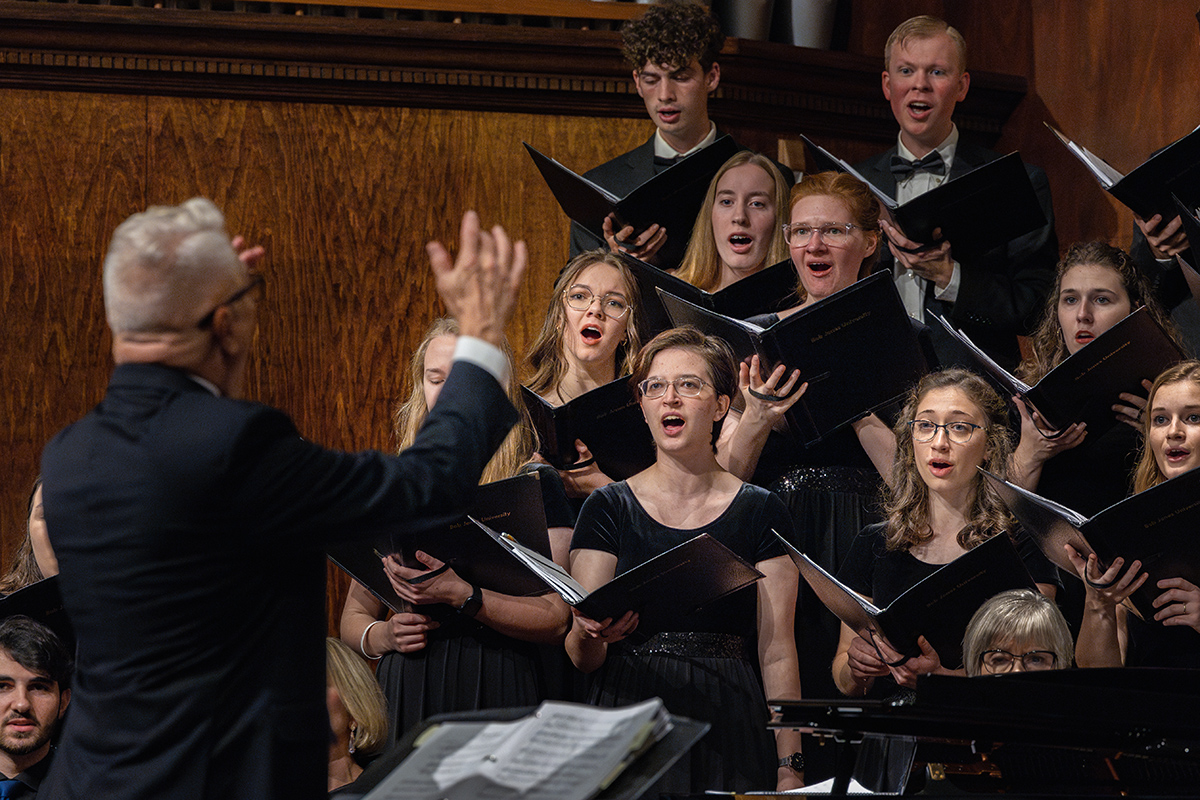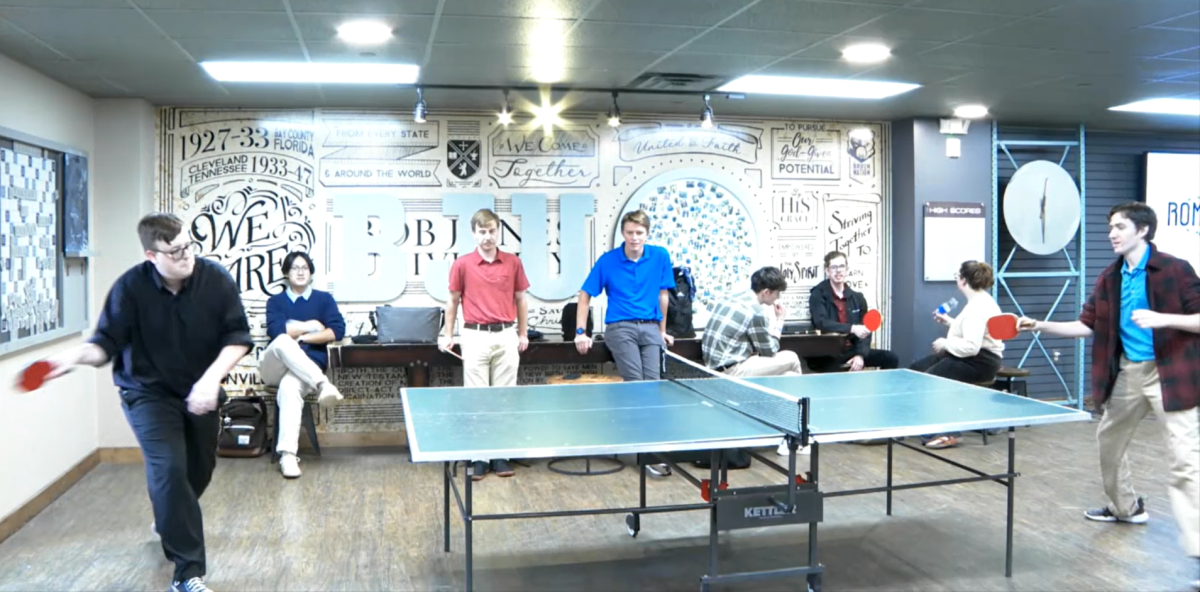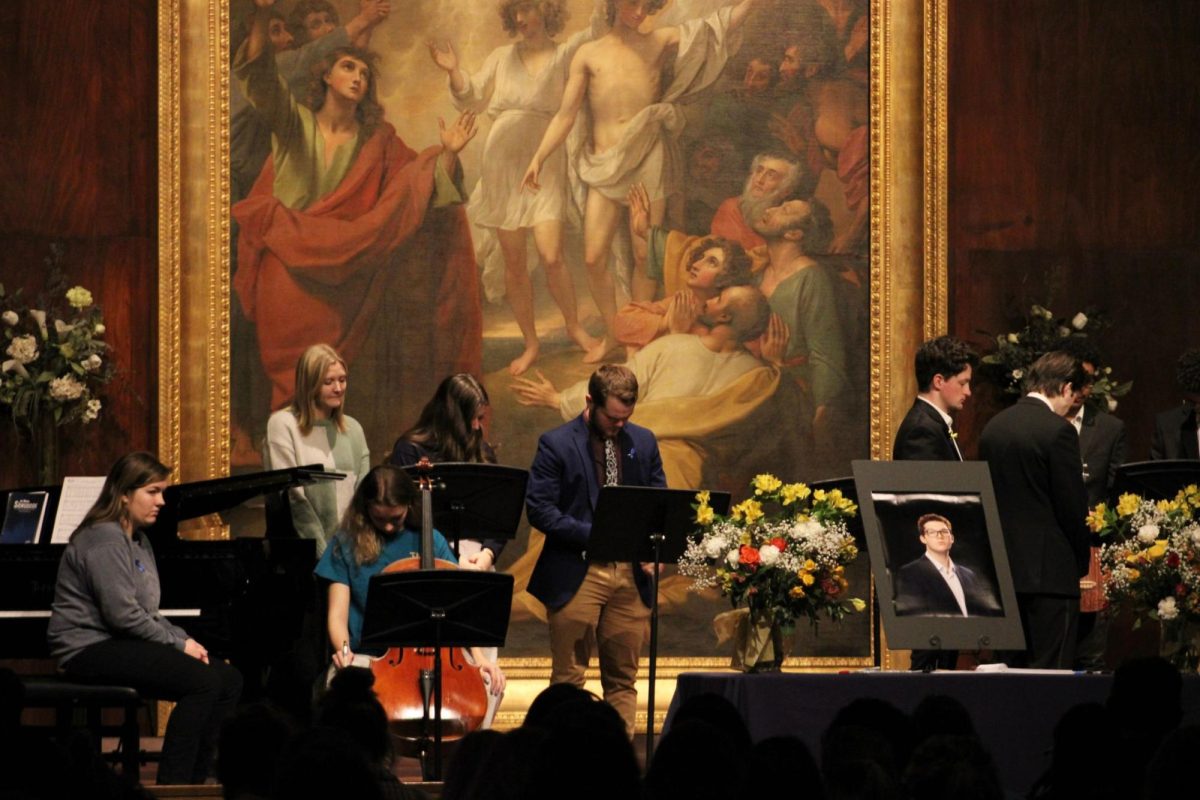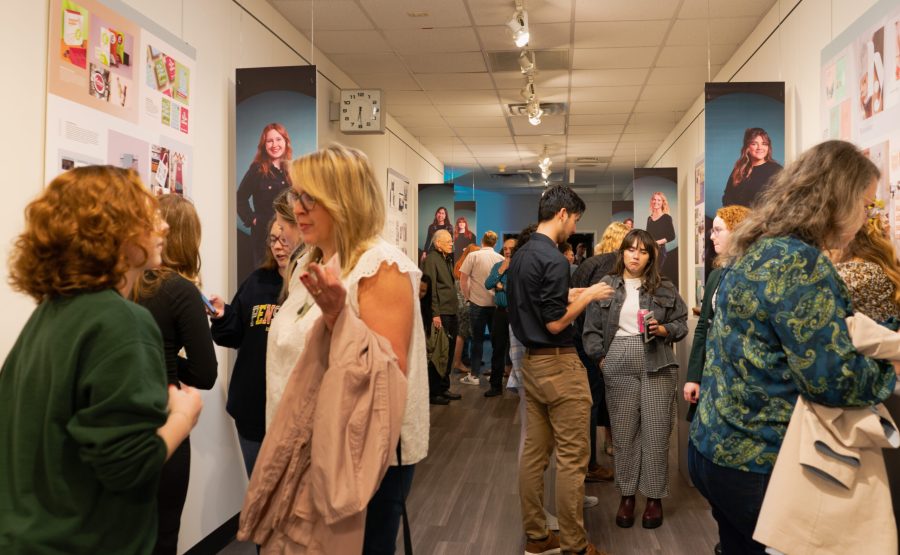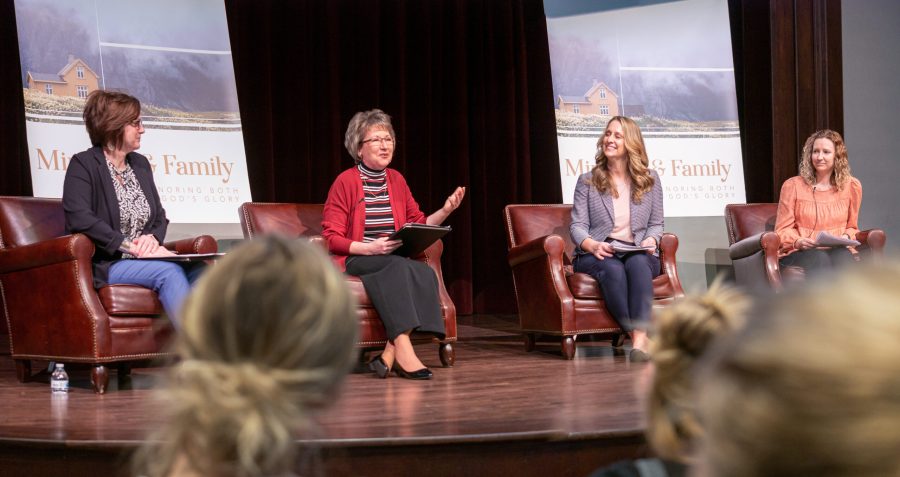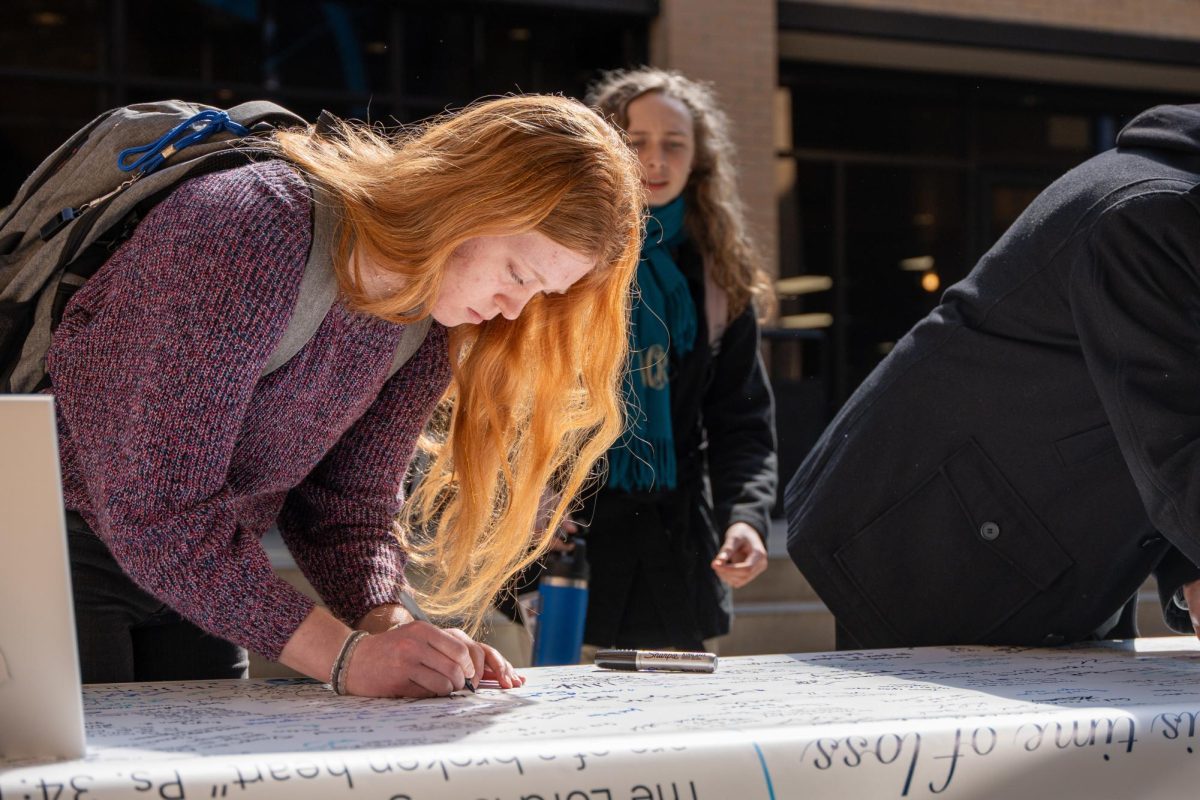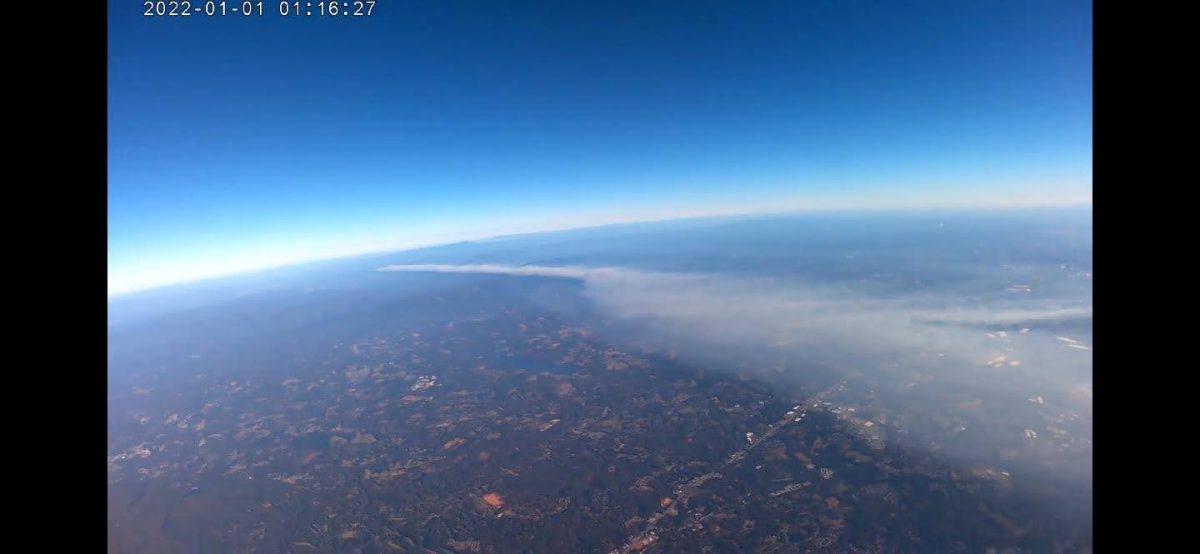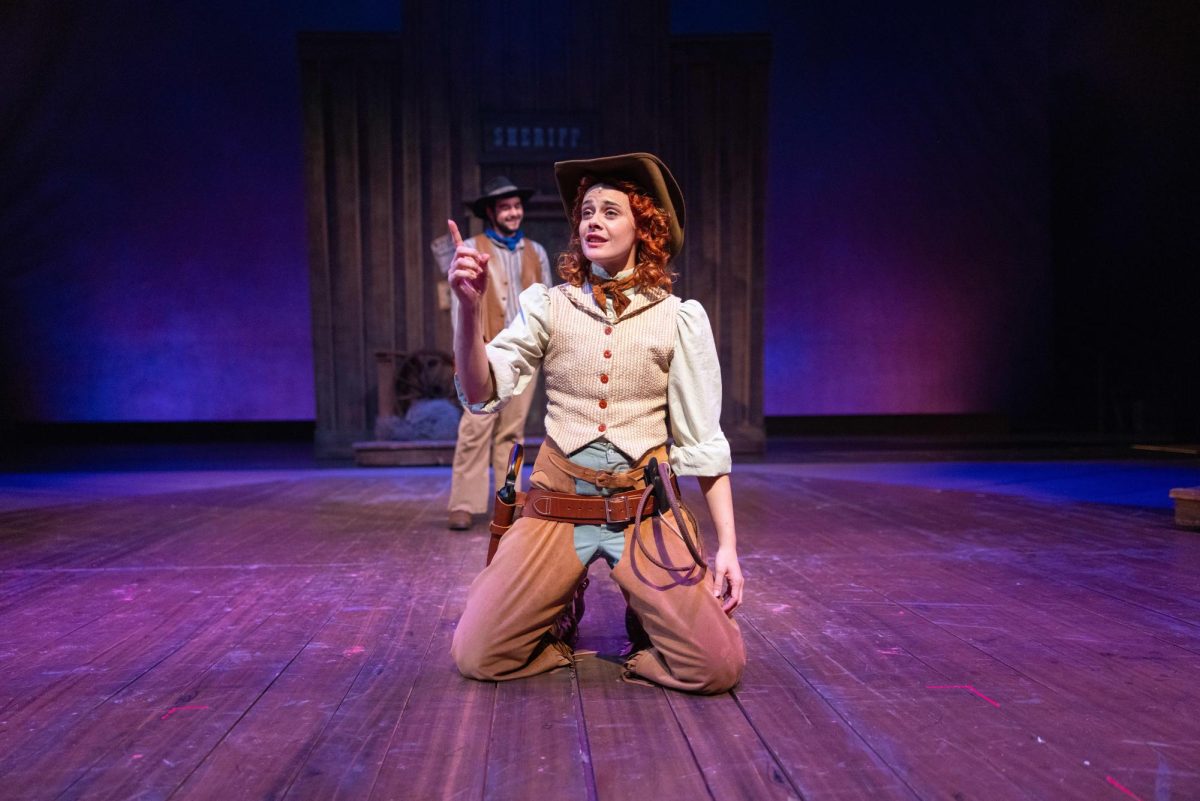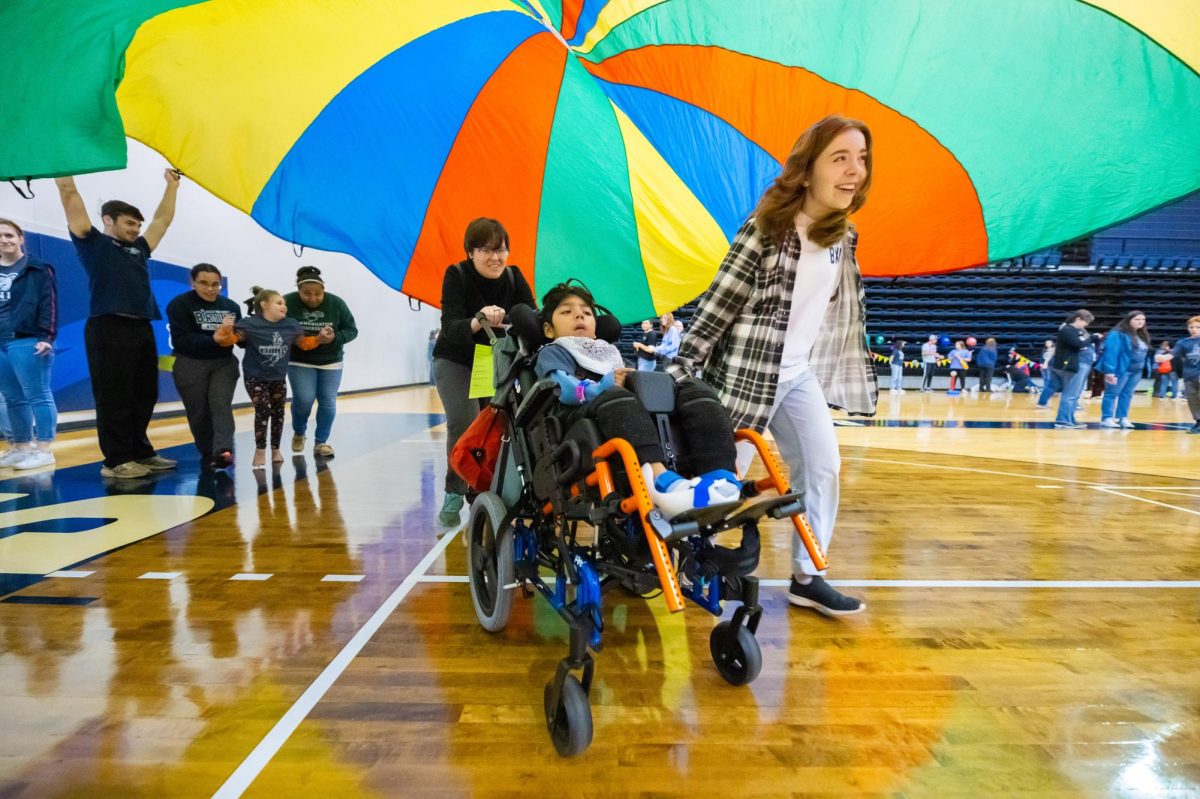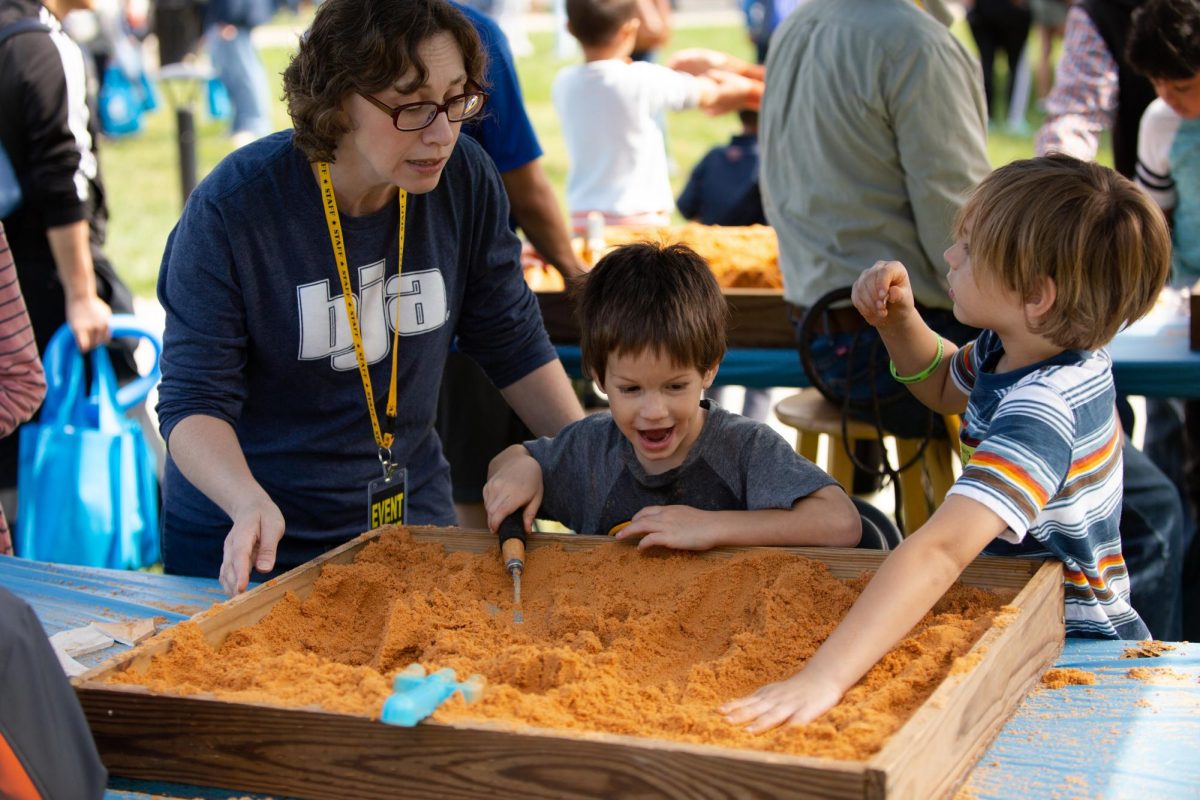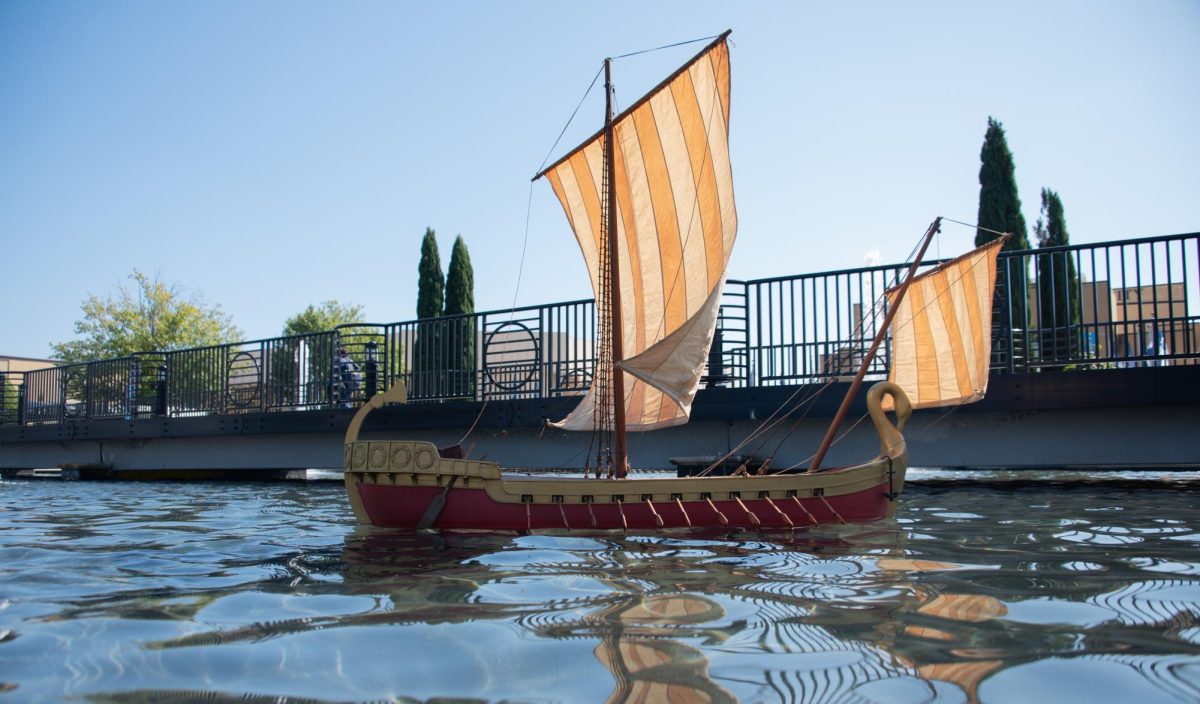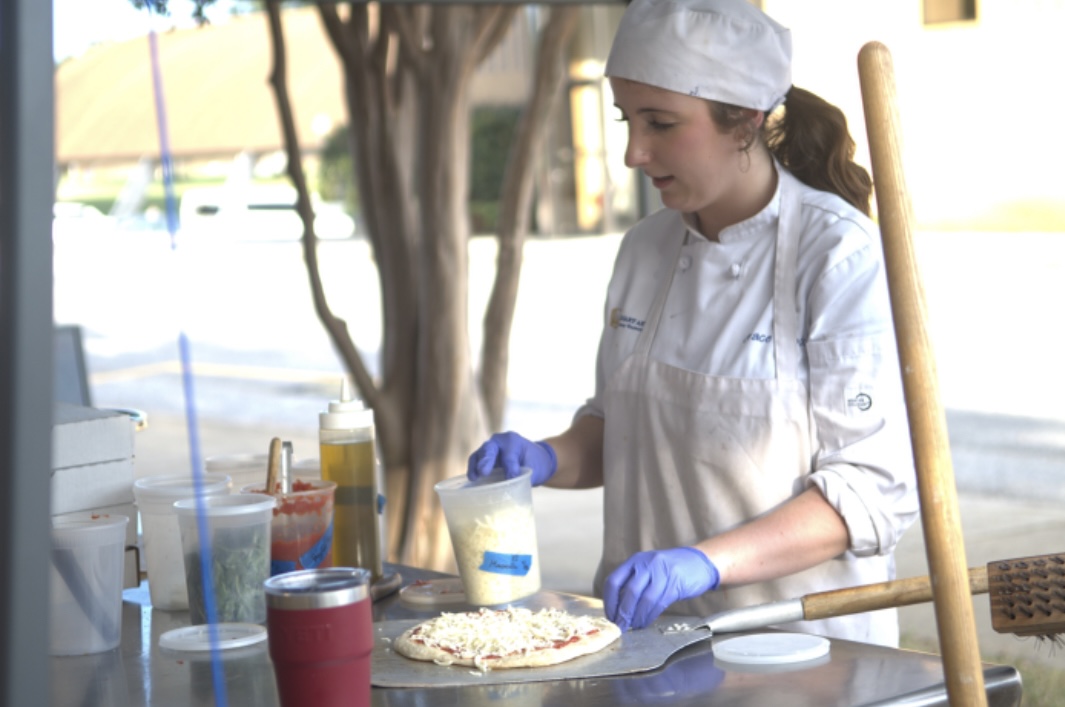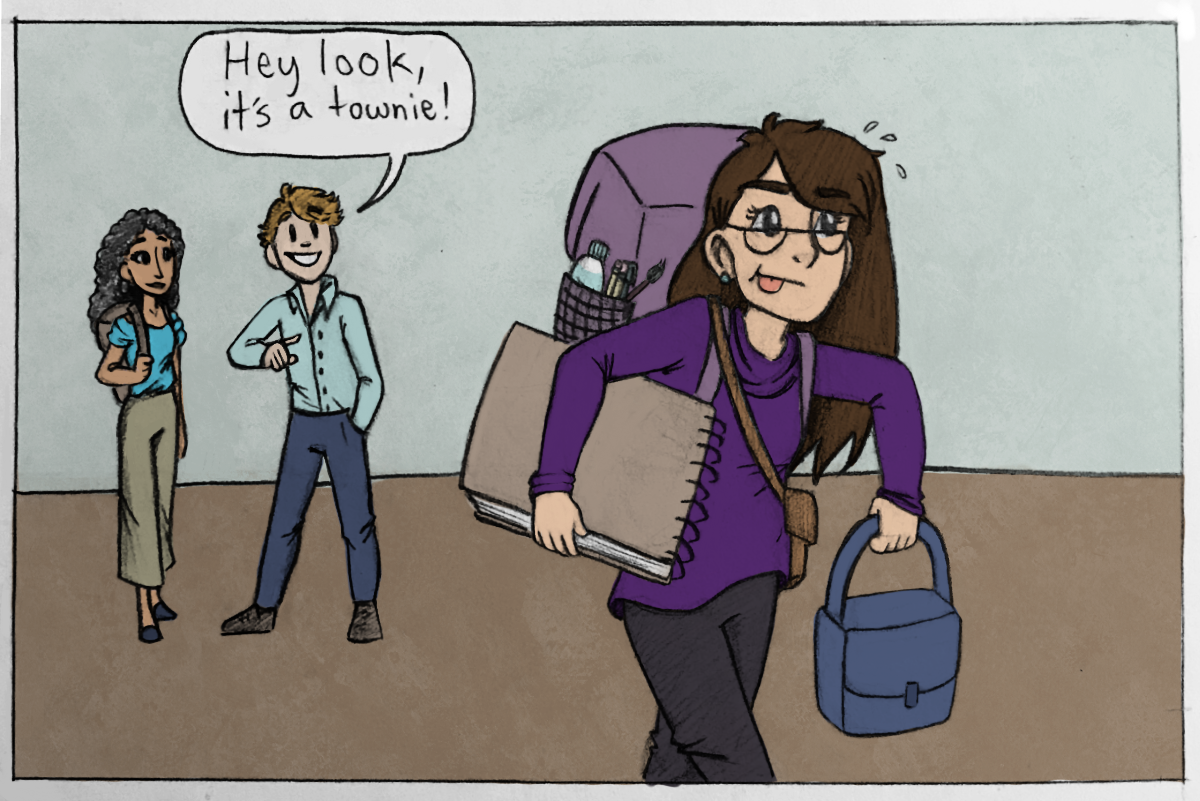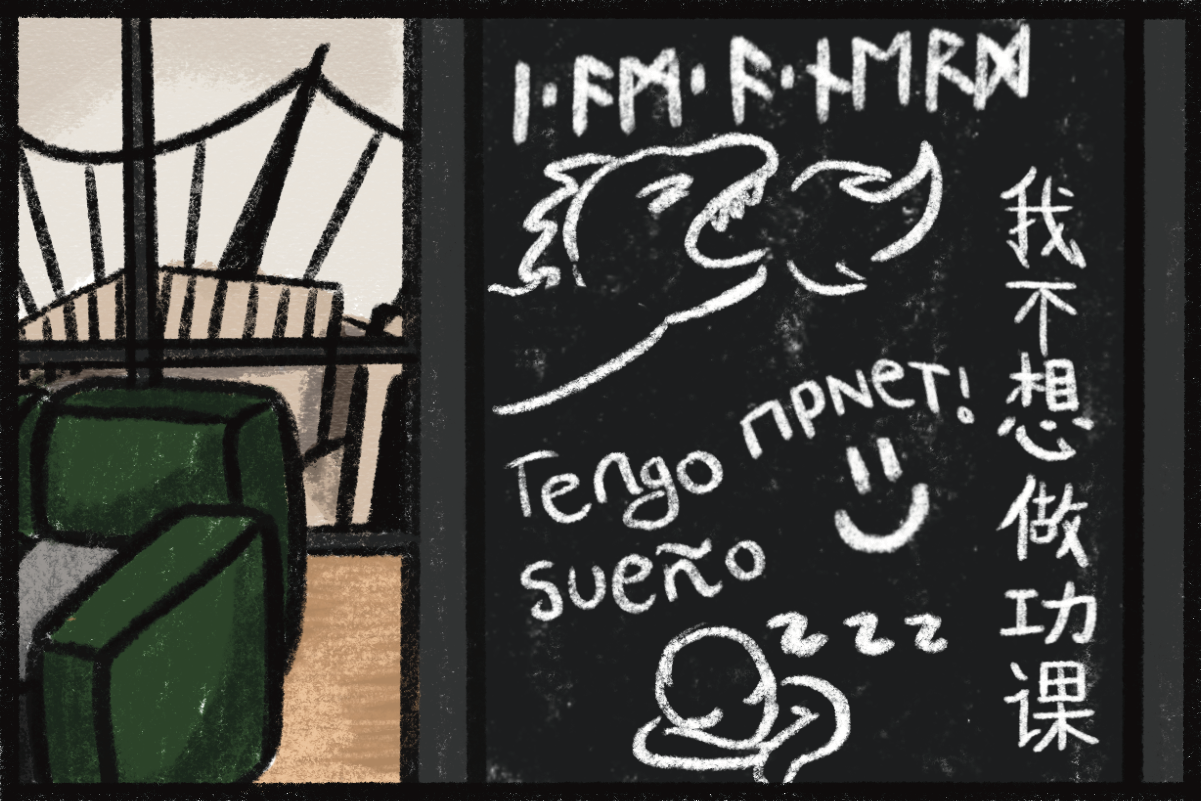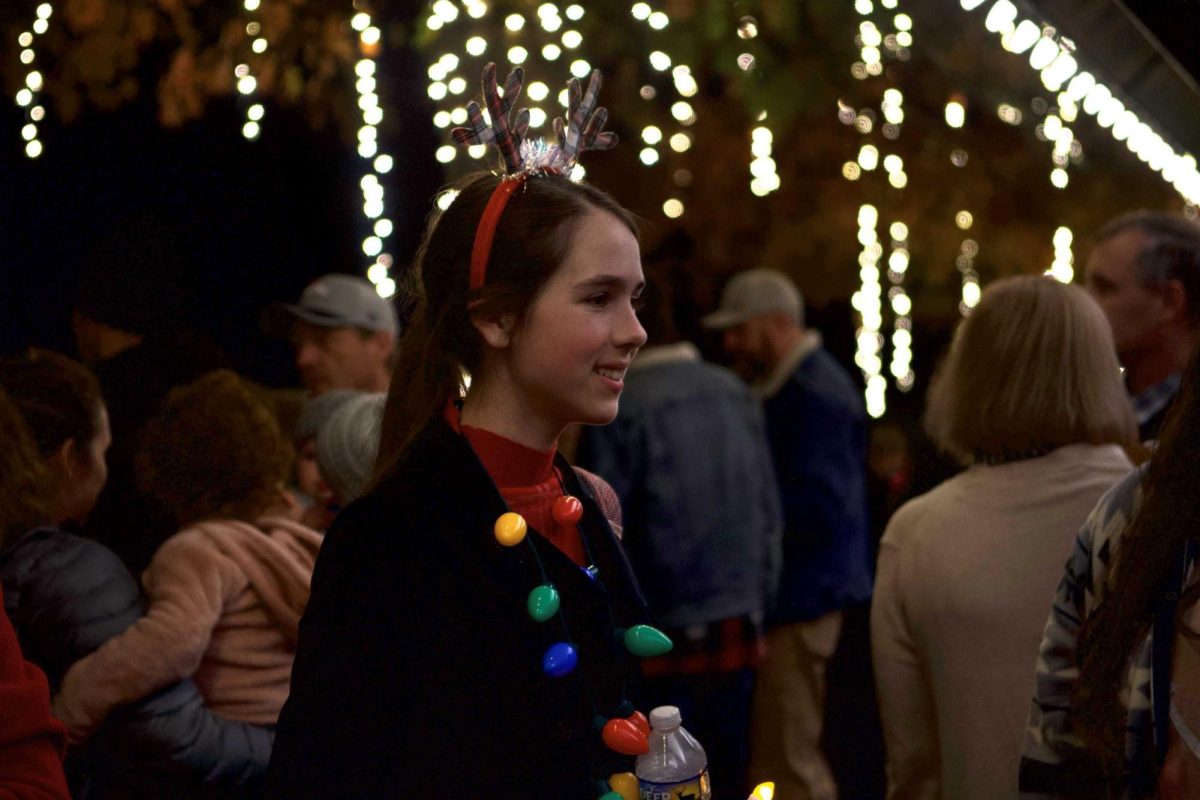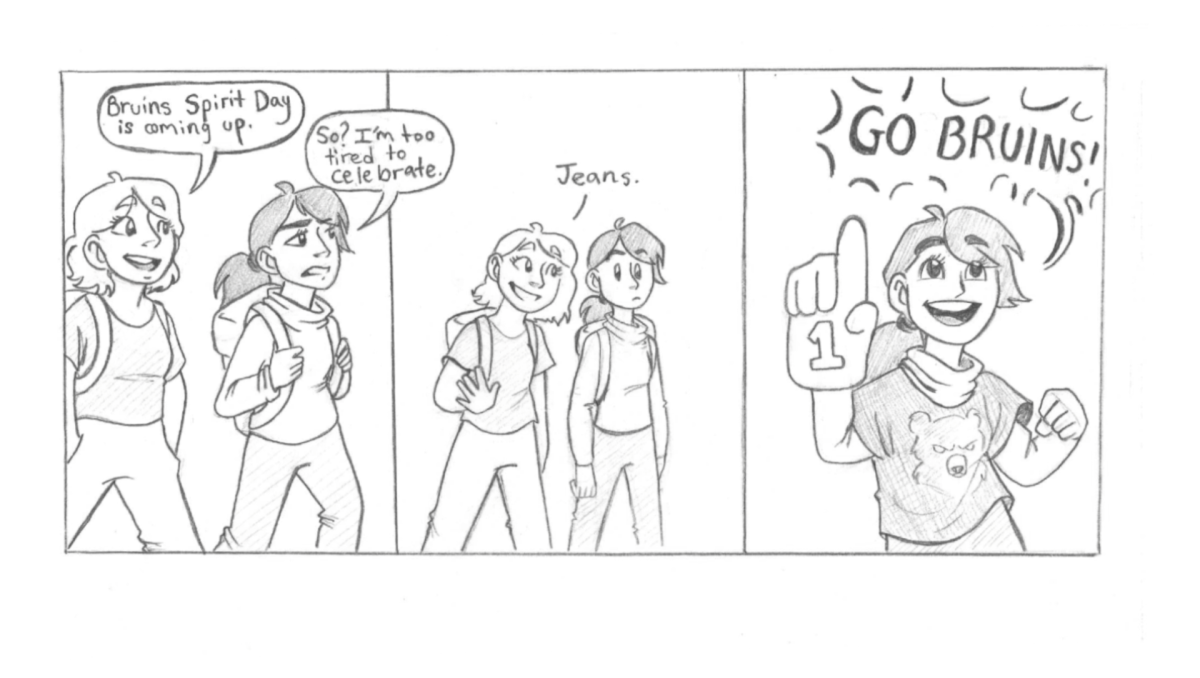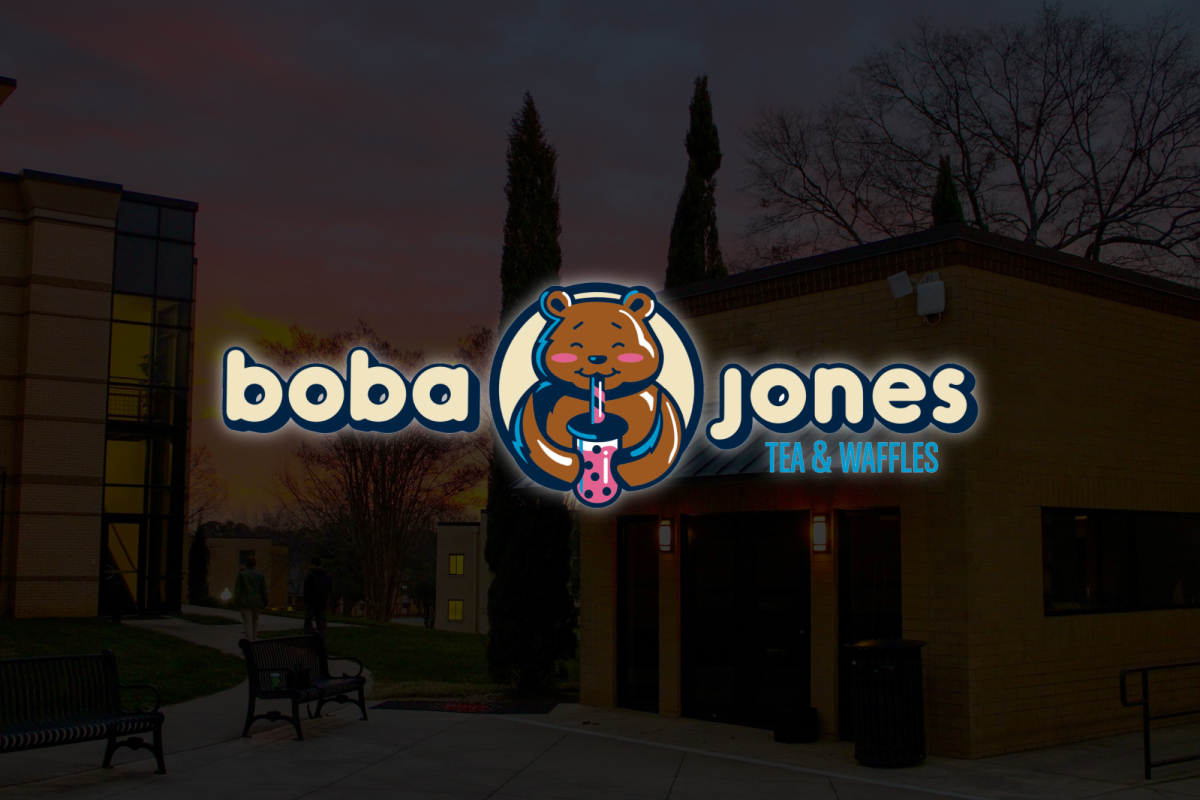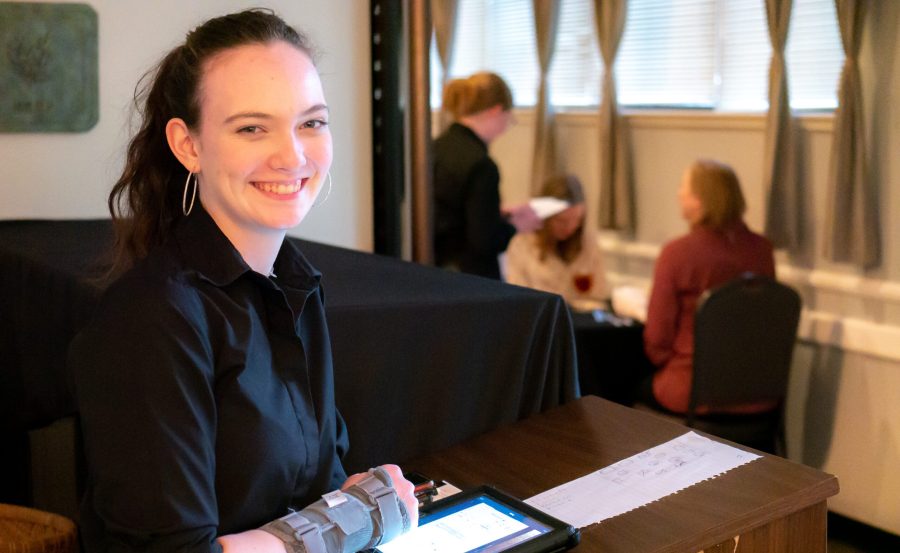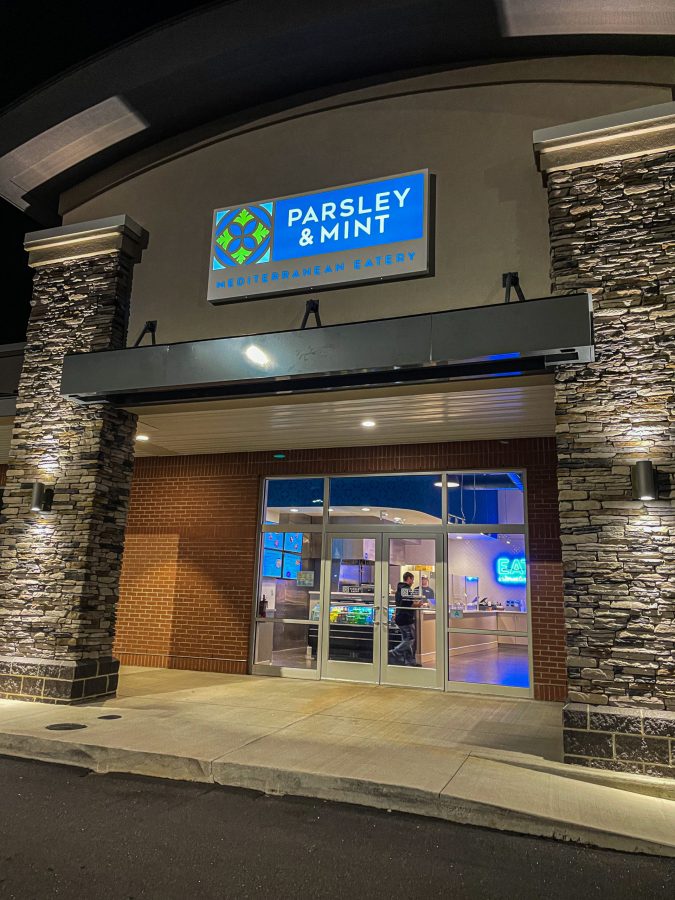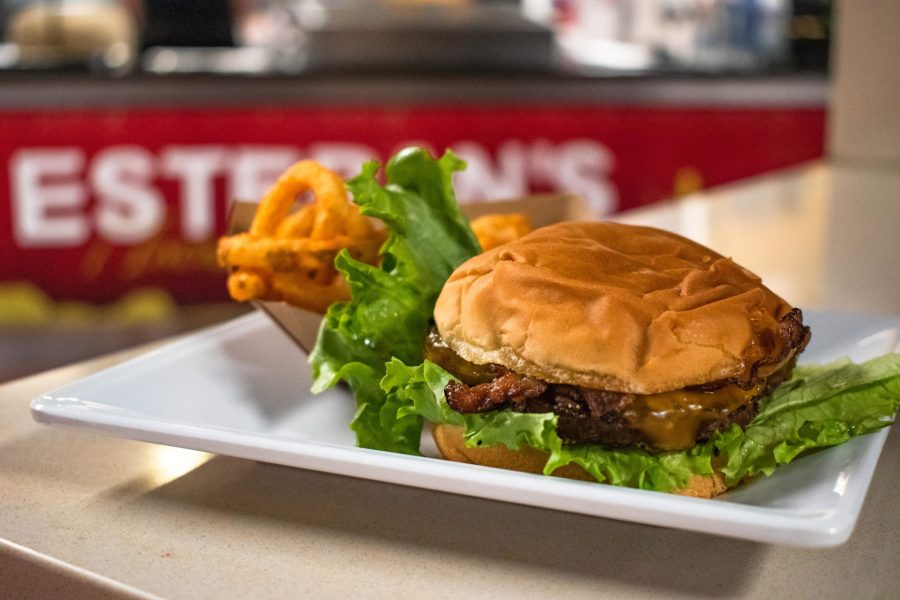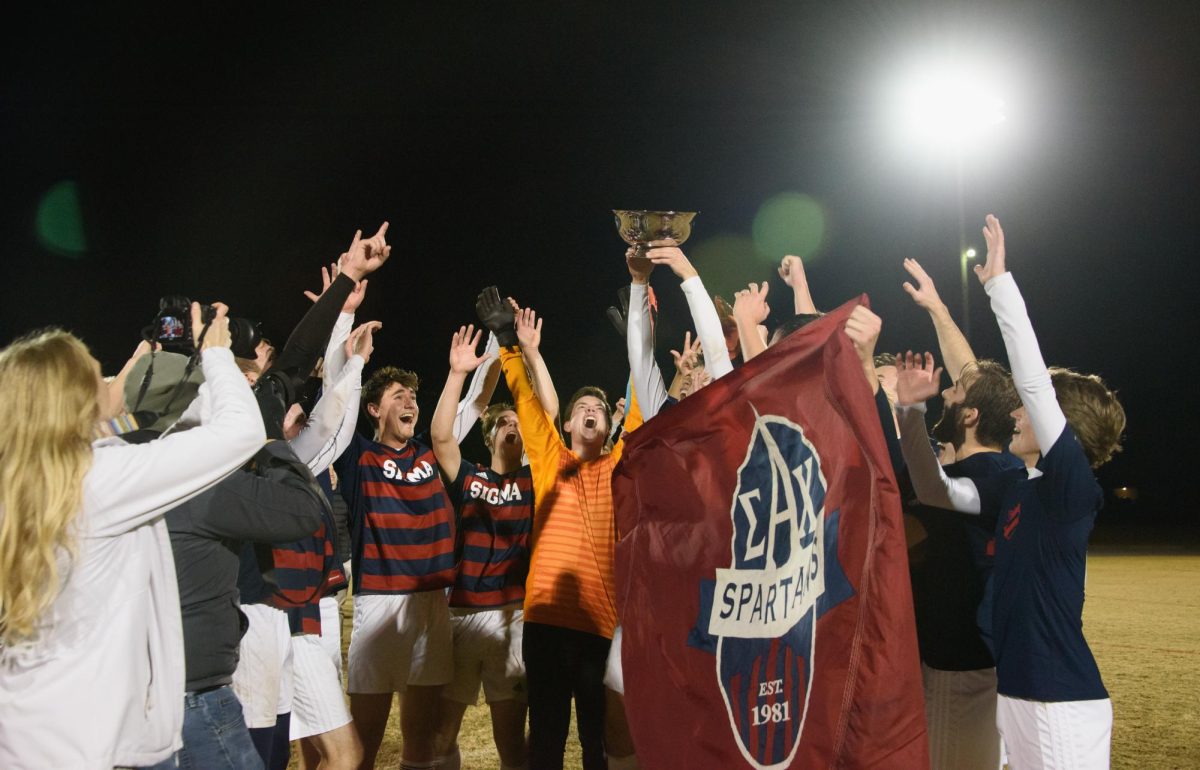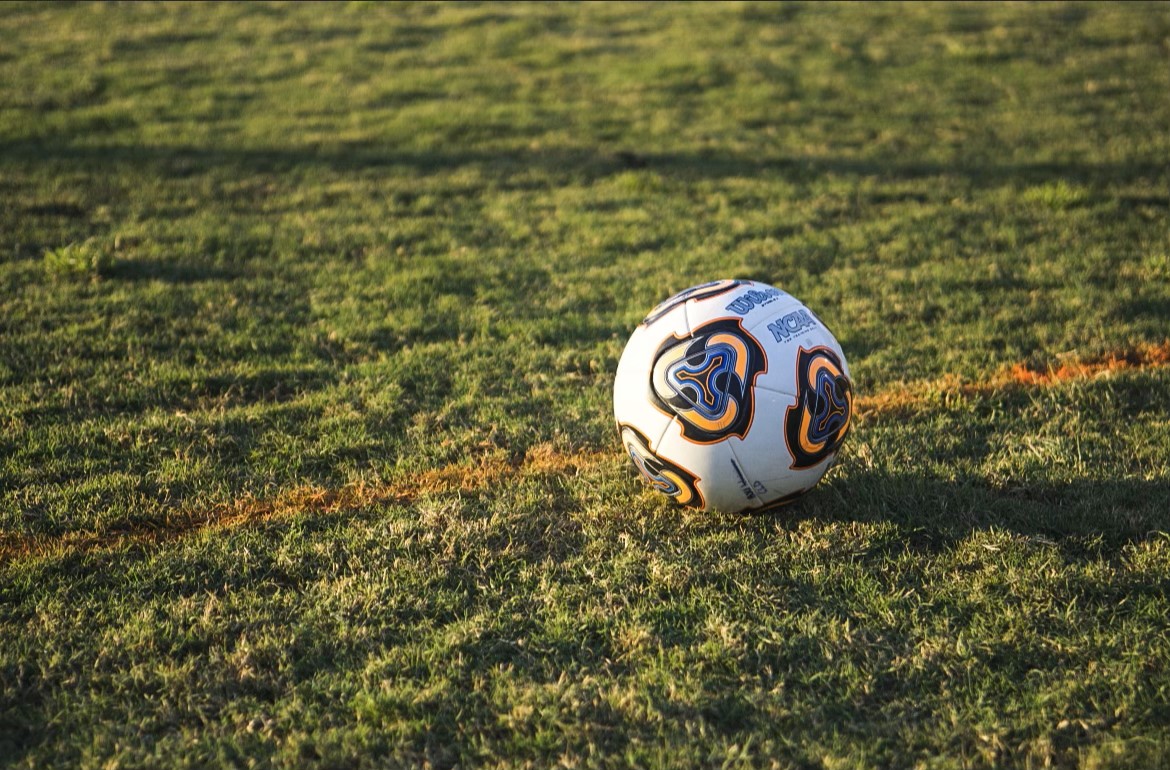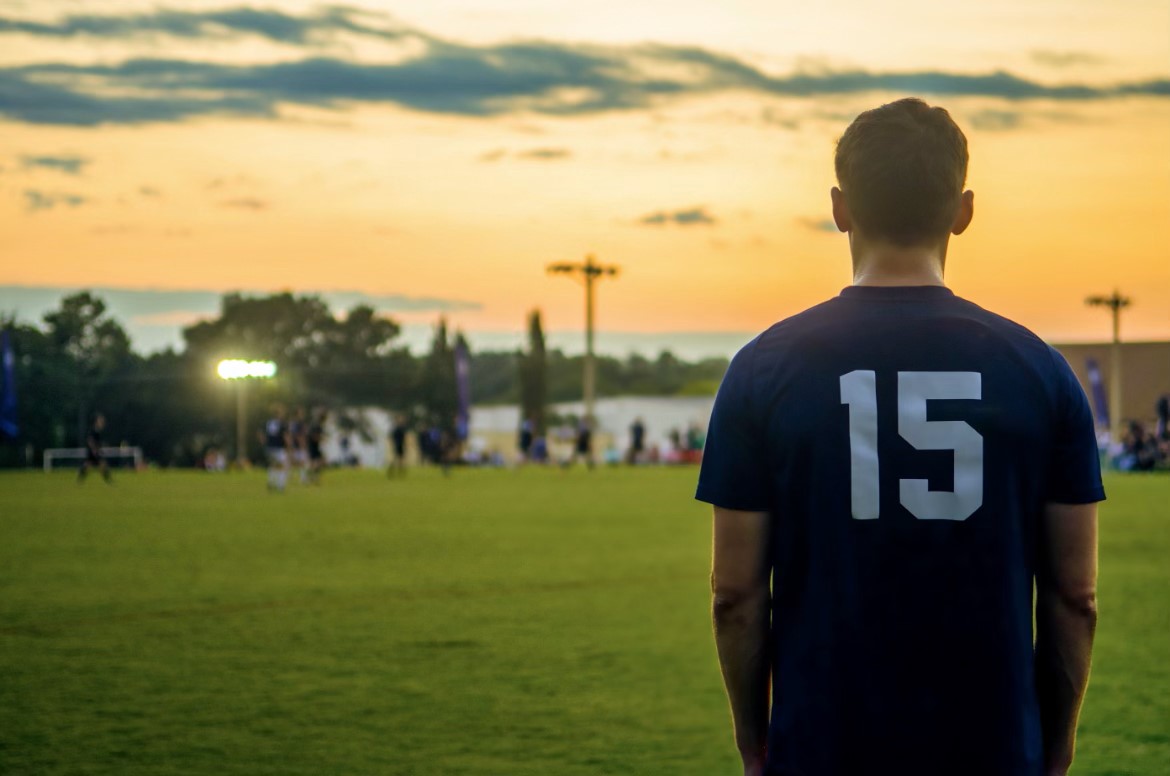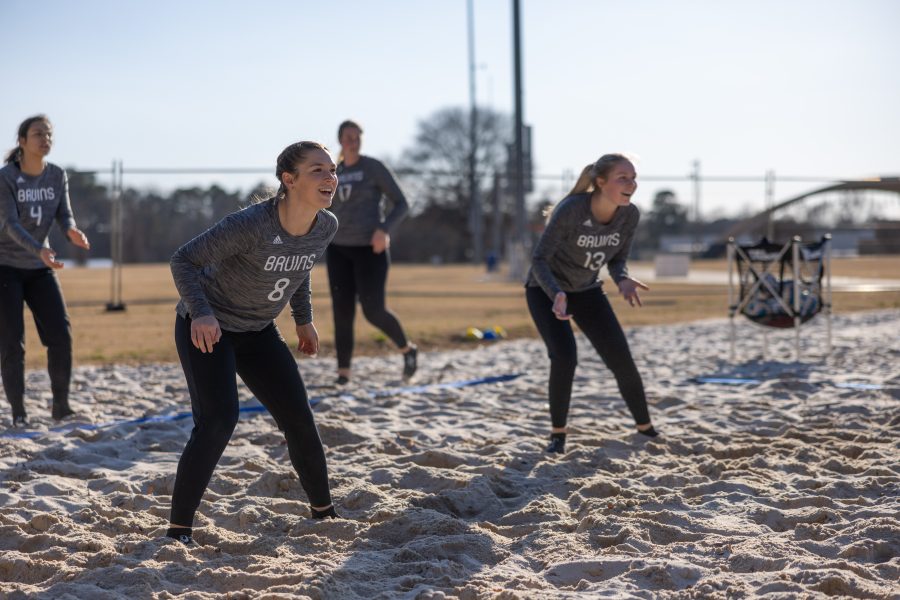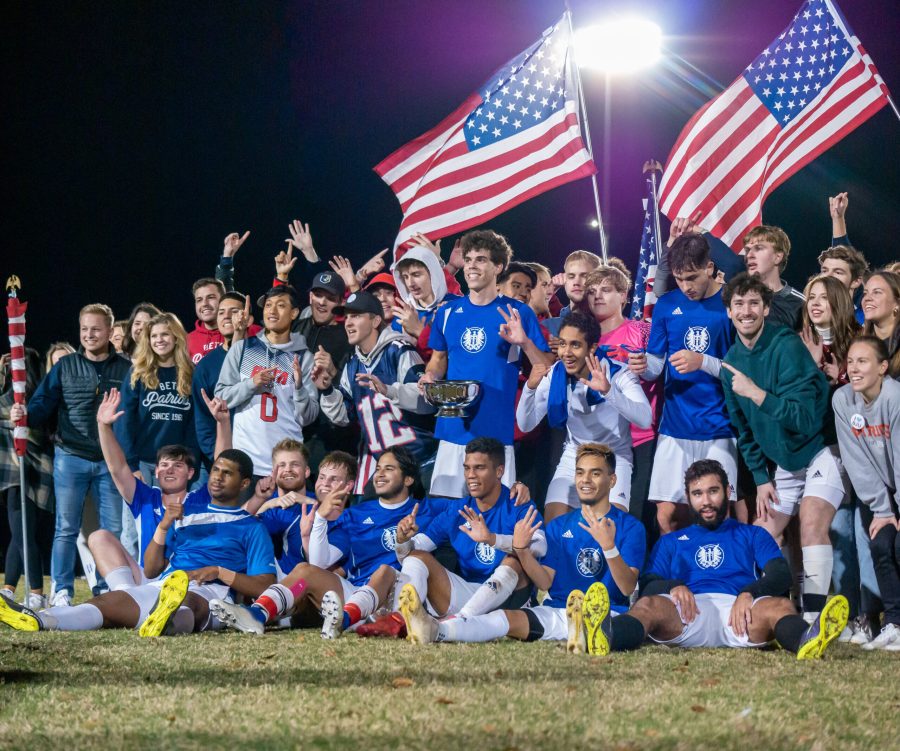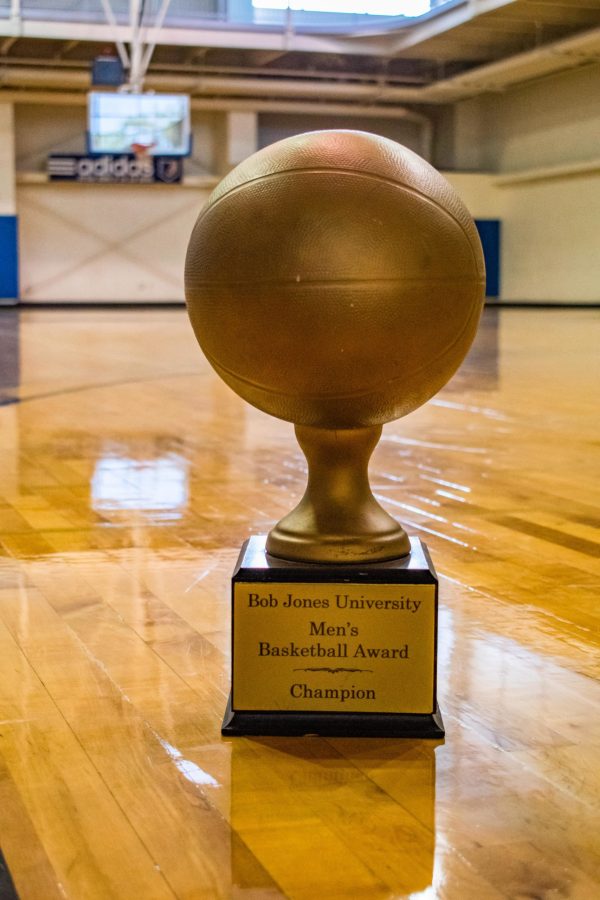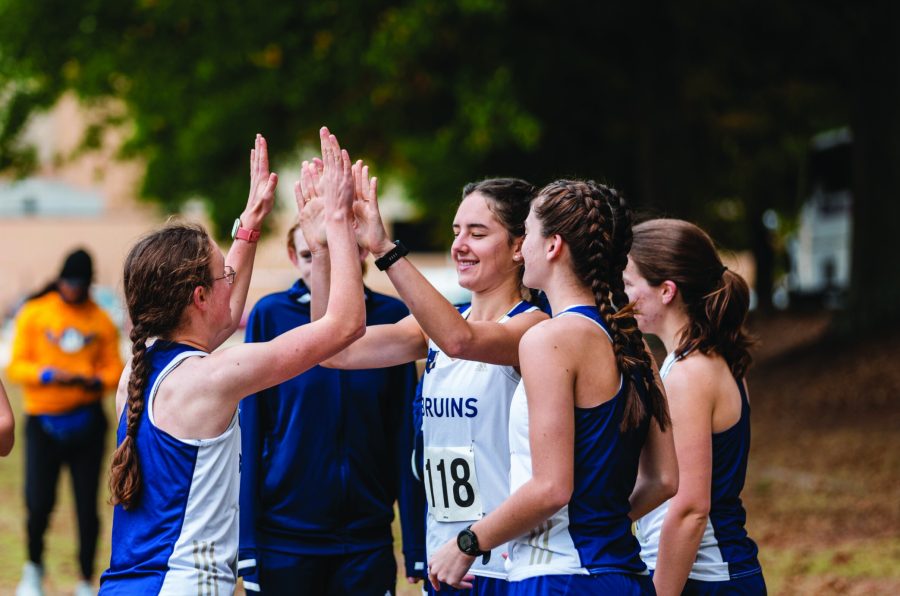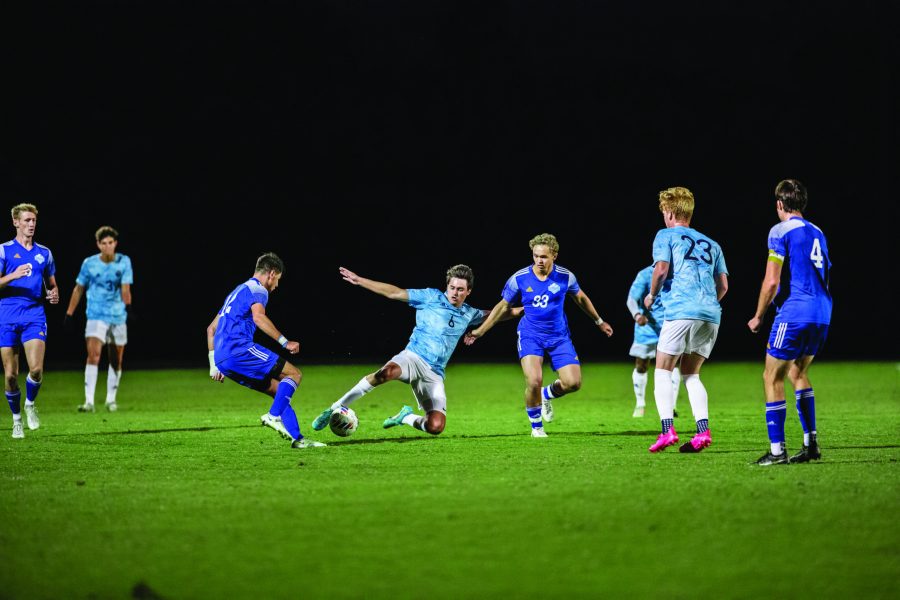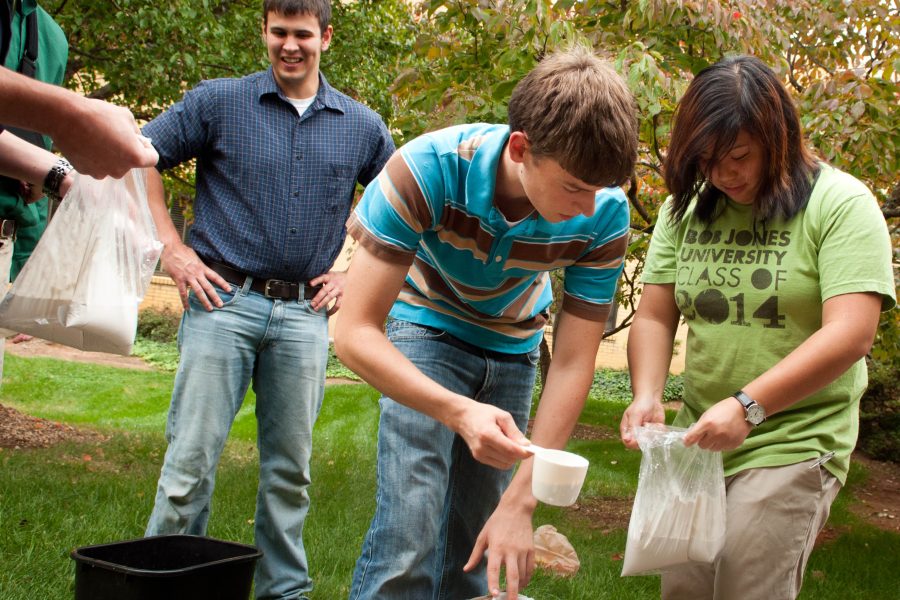Preparing for a career path requires more than a lecture, a pencil and a notepad. Most of the time, the best training students can receive is hands-on.
Students taking Criminal Investigation, a 300-level criminal justice class, recently completed their first crime scene simulation, giving them a firsthand look at what’s involved in police work.
“When we initially looked at the class, we automatically knew that we needed to do a couple of scenarios to give students the feel of what it would be like to go into a crime scene,” said Dr. Mike Wilkie of the criminal justice faculty.
Divided into three groups of four students each, the class rotated through several stations, applying hands-on investigative techniques to the crime scene. Students gathered fingerprints at one table, swirling with fiber brushes and black powder and lifting the imprints with lift tape.
They practiced capturing a footprint with orthodontic plaster at another station. Their instructor, Mr. Larry McKeithan, explained the fragility of footprints and what a challenge they can be to capture. He reminded students always to take a picture of prints before lifting in case of damage.
Instructors had prepared the crime scene inside a classroom in the science building, leaving various types of evidence for the students to find once they started the investigation.
A dummy, a golf ball, a suicide note, a bullet and a weapon were set up as pieces of evidence. The scenario seemed to suggest a businessman had committed suicide while alone in his office after work.
Before arriving on the scene, the team of students secured investigative equipment and assigned duties. One student was the team leader and one acted as photographer. Another prepared sketches of the scene, and one student collected evidence.
Entering the building, the investigators spoke with two witnesses, who had previously been recruited by Dr. Wilkie and were provided with information to use in response to students’ questioning. The teams then went on to investigate and document the details of the crime.
“You would be on a scene like this three or four hours for sure,” Dr. Wilkie said. “[These students] are getting twenty minutes. It’s very artificial, but they have the experience of looking at it so their minds start to program.”
By the end of the investigation, none of the teams had found the weapon involved. The gun had slipped down between the dummy and the wall, making it difficult to spot.
Meg Melton, a sophomore criminal justice major, prepared the sketches for the final team. “There was a lot that inexperienced people like us missed,” she said. “We all came in thinking it was a murder.”
Melton said that in the end, the project was beneficial for her, as it taught her and the other students to be more observant.
Dr. Wilkie hopes that the mistakes students made in this simulation will teach them to be more aware in the future, preparing them for real-life criminal investigations.


